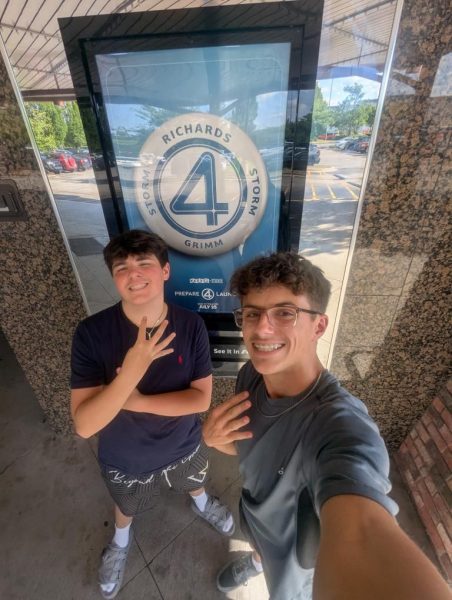The History of Coffee
Coffee. For millions of people around the globe, this often warm, bitter beverage is the first part of the day, and is relied upon for energy and comfort. In every city in every part of the world, people wake up with coffee. The coffee industry supports millions of families and generates billions of dollars. Coffee has become embedded in our culture, and its history is as rich as the beverage itself. So sit back, relax, and join me as we uncover the largely unknown history of this familiar beverage.
No one is entirely certain as to when people first started consuming coffee. According to legend, coffee’s value was first recognized by a goat-herd in Ethiopia. The goat-herd was watching his flock when he noticed that the goats had become very energetic. He then noticed that they had been eating berries from a shrub. He decided to try some himself, and noted the stimulating effect. He then brought the berries to a local priest, who disapproved of the berries and flung them into the fire. This resulted in the beans producing an enticing aroma, and so the priest raked them out of the fire, ground them up, and added them to water. This was the legendary first cup of coffee.
Coffee spread from Africa to Yemen and Arabia via Somali traders, where it was first prepared in its modern form. Priests found that the energy provided by coffee helped maintain concentration during long prayer sessions, and the beverage grew in popularity.
By the late 15th and early 16th centuries, coffeehouses began to spring up in cities across the Middle East, in places such as Istanbul and Mecca. There, customers could drink coffee, engage in conversation, listen to musicians, and discuss issues of the day. Thus, coffee houses became important social and intellectual centers, and were often referred to as “Schools of the Wise”.
By the 17th century, the dark beverage had been introduced in Europe, and it became wildly popular. Similar to coffee shops of the East, European coffee shops became hotbeds of intellectual discussion and debate. In Europe, these shops became known as “penny universities”, because a penny could purchase a cup of coffee and stimulating conversation.
In the mid-17th century, the Dutch began cultivating coffee in the East Indies, establishing large plantations and a global coffee trade. Coffee cultivation spread throughout tropical regions of the world, including South and Central America. Coffee contributed to colonial plantation economies, and became a particularly valuable commodity in places such as Brazil.
By the 1800s, coffee was being produced in such mass quantities by Brazilian plantations that coffee became a widely available and cheap commodity. At the same time, the world economy was rapidly industrializing, and the growing population of manufacturing workers found value in the warm, invigorating beverage. Soon, “coffee breaks” became common in places of industry, as a way to keep employees both satisfied and energized. Hence, the modern workplace tradition of the coffee break was born.
Fast forward to the 20th century and coffee making machines for the home became available. From the 1930s onward, it became possible to brew and serve coffee from the comfort of one’s kitchen, resulting in the now common morning coffee routine of many. Coffee only became more and more popular, and today it is the second most traded commodity in the world (after oil).
Indeed, coffee has come far since its legendary start in the highlands of Ethiopia, and will likely continue to play an important role in our lives, one cup at a time.





